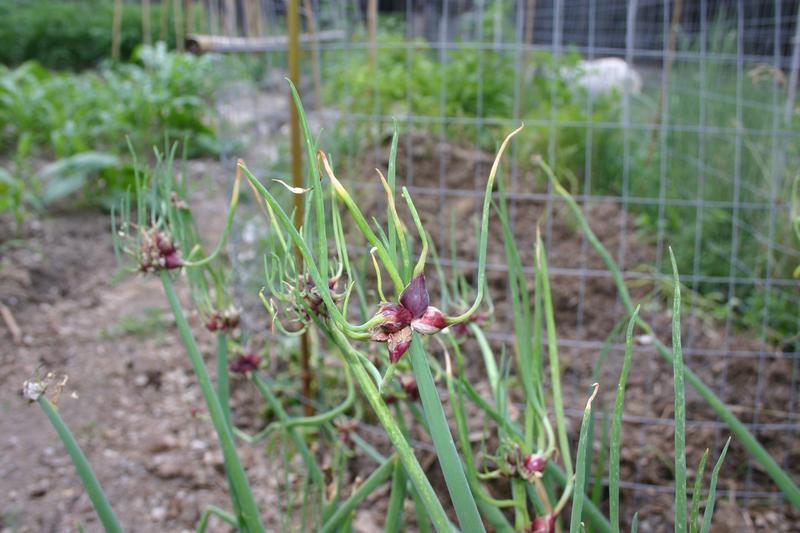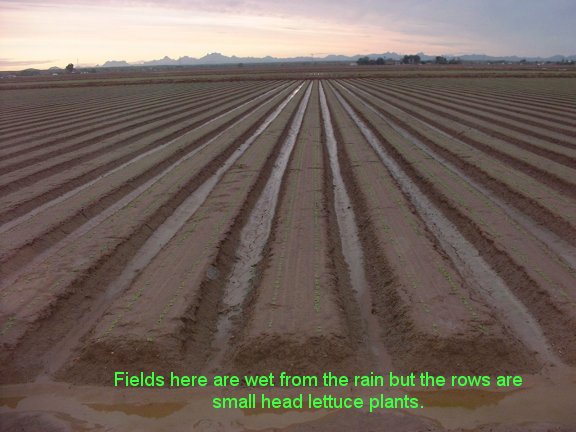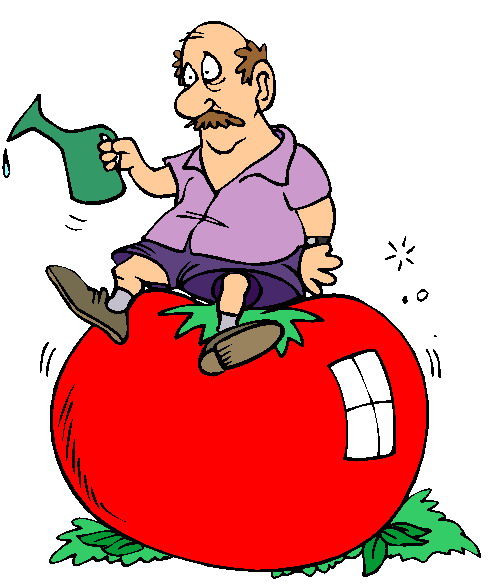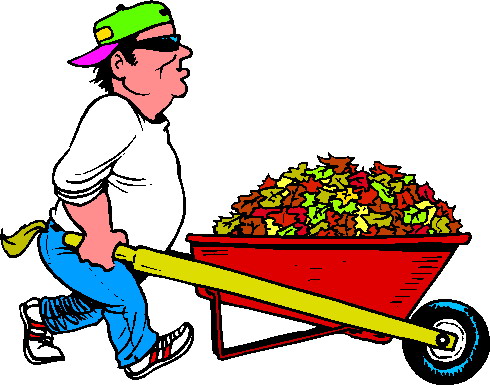Winterizing
Here on Vancouver Island the weather has been spectacular. Dry Dry Dry - so dry there is a big problem with the amount of water in the Cowichan River. Warmest, driest August and September on record! Thanksgiving weekend is coming up here in Canada and it is going to be sunny and then more sun for about another week or so. At least that is what the weatherman tells us.
With clear skies the temperature drops - especially overnight. So it is time to start planning for the freezing weather which we are getting a taste of these nights. Soon it will be freezing harder and lots of damage can be done if the cold is ignored.
As plants die down or are killed by the frost it is important to clean up the debris quickly. You don't want to leave it laying around for bugs to hide under protected from the cold.
If you have a compost pile, check to see if it is moist or dry. If too dry it will take too long to break down into compost so you may have to wet it down a bit. If you are putting leaves in the compost just keep in mind some types break down very slowly unless they are chopped up. This is often done the easy way by picking them up with a lawnmower. If you ave a shredder/chopper that works well for all types of leaves, twigs & small branches, but even on sale a small one is quite expensive. If you don't have a shredder cut things like corn stalks into short pieces, preferably cutting between each segment so the bacteria can break the stalk down easier. And don't forget to "turn the pile" - stir it up!
Something new in our area is another recycling step. We now have a special green bin and all kitchen scraps including bones, fat, greasy cardboard (pizza boxes) go into this and is picked up every week. This is in addition to the regular recycle bin/can picked up every second week which contains clean plastic, tins & paper. This kitchen scrap material is taken away and composted and the resulting compost material will be used or sold. We can now use our compost bin in the garden for plant material and vegetable peelings which don't attract rodents as badly as fruit residue does.
Time to take a really close look at the plants in your garden and decide which ones will not winter over and of those, which ones you want to take inside for the winter. Some plants and shrubs will overwinter when given some protection like a burlap wrap or for low plants a covering of leaves. If you are unsure, then go online and check to see what is recommended for the plants your have. Keep in mind that plants brought inside for the winter - possibly in a heated greenhouse or warm basement - will require less watering than when outside.
Do you save seeds from your garden? If you do, inspect them carefully for insect damage so you don't accidentally keep the nasties for next year. Seeds from many flowers will do well next year but keep in mind if the plant is a hybrid then the seed may revert back to something not as nice. And when it comes to vegetable seeds you can also get cross pollinization. One year my compost gave me a nice plant that I was sure was from zucchini seeds but when I grew it, it had a vine instead of a bush type plant and the fruit was a cross between zucchini and spaghetti squash. It was OK but different - it looked like zucchini but the meat inside was in strands like spaghetti.
And then there are the "volunteers". I have had good success with volunteer cherry tomatoes in the greenhouse. They grew from seeds in tomatoes that had dropped off & broke down over the winter. Again, they may not come "true to type" or in other words they may not be quite like the ones the seed came from.
Time to do the late fall mowing of the lawn and once you have
that done, take a look at your outside faucets and garden hoses.
Disconnect all hoses, drain them and store them for the winter.
This is very important if you have "frost proof" taps/faucets as
the hose could be full of water or partly full, which will mean there
is water between the outside portion of the faucet and the shut-off inside the house. I made that mistake one year - had a hose that
was connected to the tap and it froze quite hard overnight.
It didn't hurt the hose but the tap/faucet froze and split.
Even with the "frost proof" type faucet I still like to provide an
extra layer of protection by using strofoam caps over the taps.
That should have the main work done down to a point that you can now do a cleanup of all flower & vegetable beds.
And that means HARD LABOUR ...
Keep the linament handy, you might need it, but don't overdo it and injure yourself. It sure doesn't have to be done all at once!
Keep well
GG












































